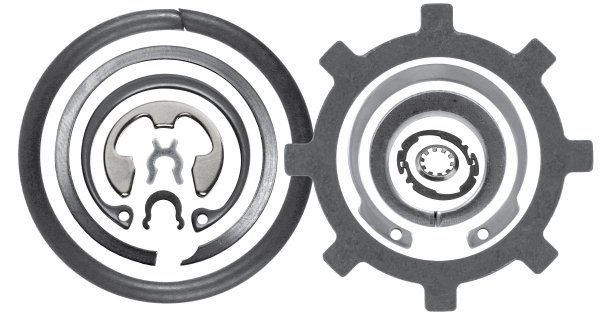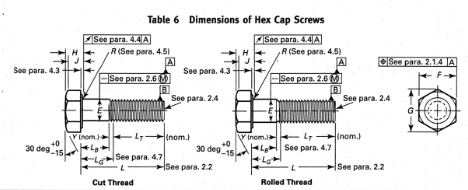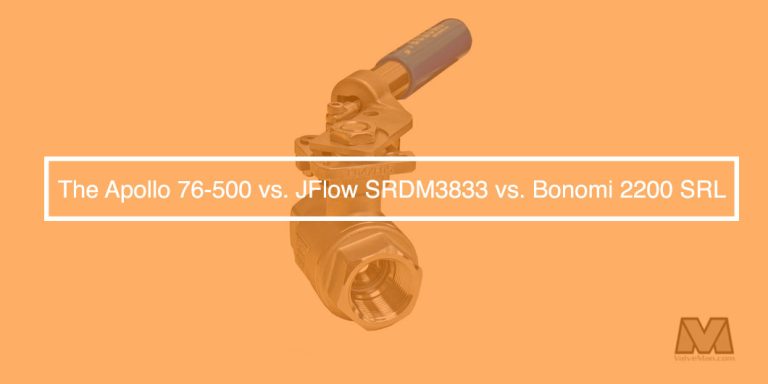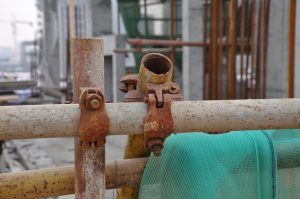Sandpaper Grit: The Complete Guide | HSS Hire
A More Efficient Mode of Sanding
Sanding with the right sandpaper grit is a great way to improve the overall aesthetic of your old and withered floorboards to eliminate rough edges, give them a smooth finish and a new lease of life. And with a wide range of sanding tools available to help you achieve this, there is much more to sanding than simply a single piece of sandpaper.
In determining the right type of grit you’ll need for your sanding project, it’s important that you fully understand just what exactly it is, how it functions, and how it is used with different materials, in order to realise a more effective sanding process.
In order for you to make the most of our competitively priced equipment for hire, this handy guide from our HSS sanding experts will explain:
- What exactly is sandpaper grit?
- The meaning of grit numbers and their importance
- How to choose the right type of sandpaper for your project
- How to save yourself time and money by using the right sanding equipment
With a plethora of sanding tools available from HSS Hire, often available to hire on the same day, we can help your sanding project run much more smoothly.
What is sandpaper grit and how does it affect the usage?
So, what exactly is sandpaper grit? Put simply, the grit number determines the coarseness of the sandpaper, which is defined by the size of the abrasive grains on the surface. The level of coarseness you will be using will depend entirely on the type of surface and material you are working with.
Coarser grits are an effective way to wear down whatever surface you are sanding more quickly, but can leave minor imperfections (or even deep scratches) in the material, which are then removed by sanding down with finer grits – this is what we call in the industry, ‘going through the grits’.
In other words, simply using only coarse sandpaper isn’t necessarily going to get the job done to the highest standard, and can indeed cause major problems.
With a wide range of grits available, it is important that anyone undertaking a new sanding project has a good understanding of grit size when it comes to effective sanding – which can often mean the difference between an unattractive rough surface and smooth, rounded edges.
What does grit number actually mean?
When it comes to grit numbers, they are categorised into grades, and increase in easy-to-understand standard intervals, so as not to confuse the customer.
In simple terms, a higher grit number correlates with a finer grit, and vice versa. Coarse grits progress from 24 to 30 to 36, while fine grits rise in increments from 600 to 800 to 1,000 and beyond, for example.
Take a look at this handy table that simplifies the importance of grit numbers, and their appropriate material uses, to ensure that you are using the correct sandpaper in your project.



